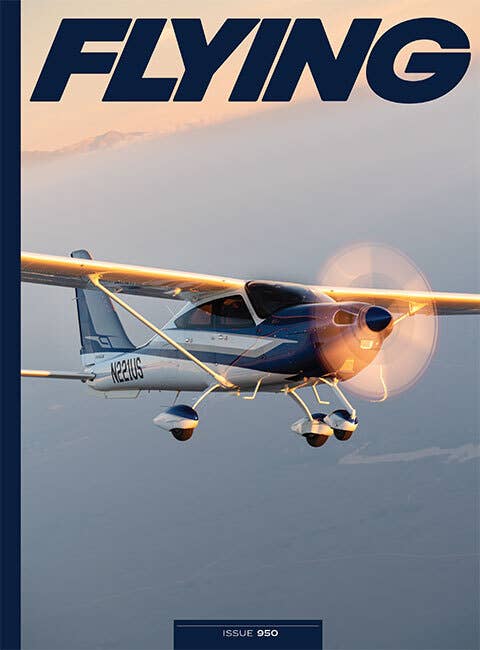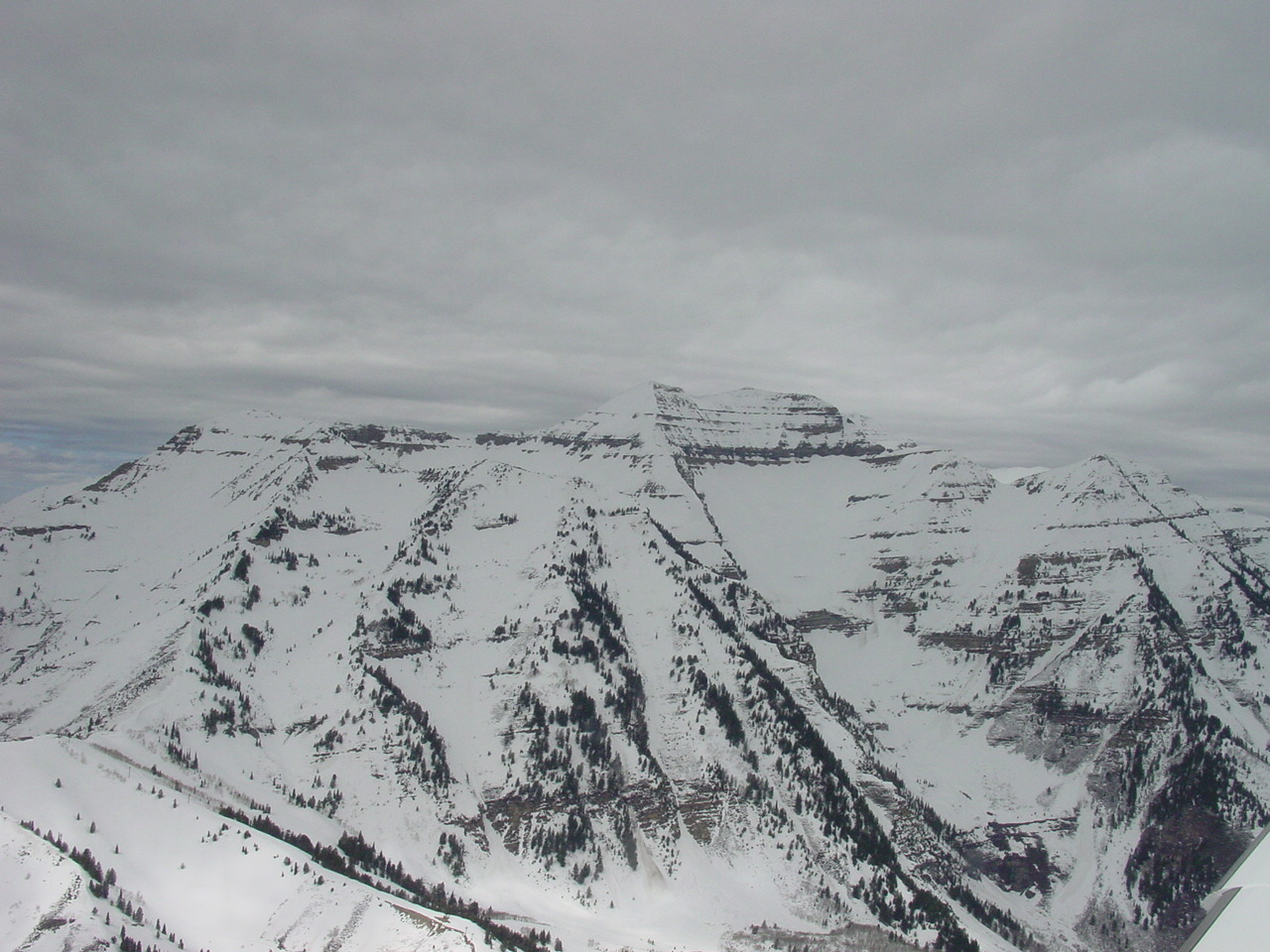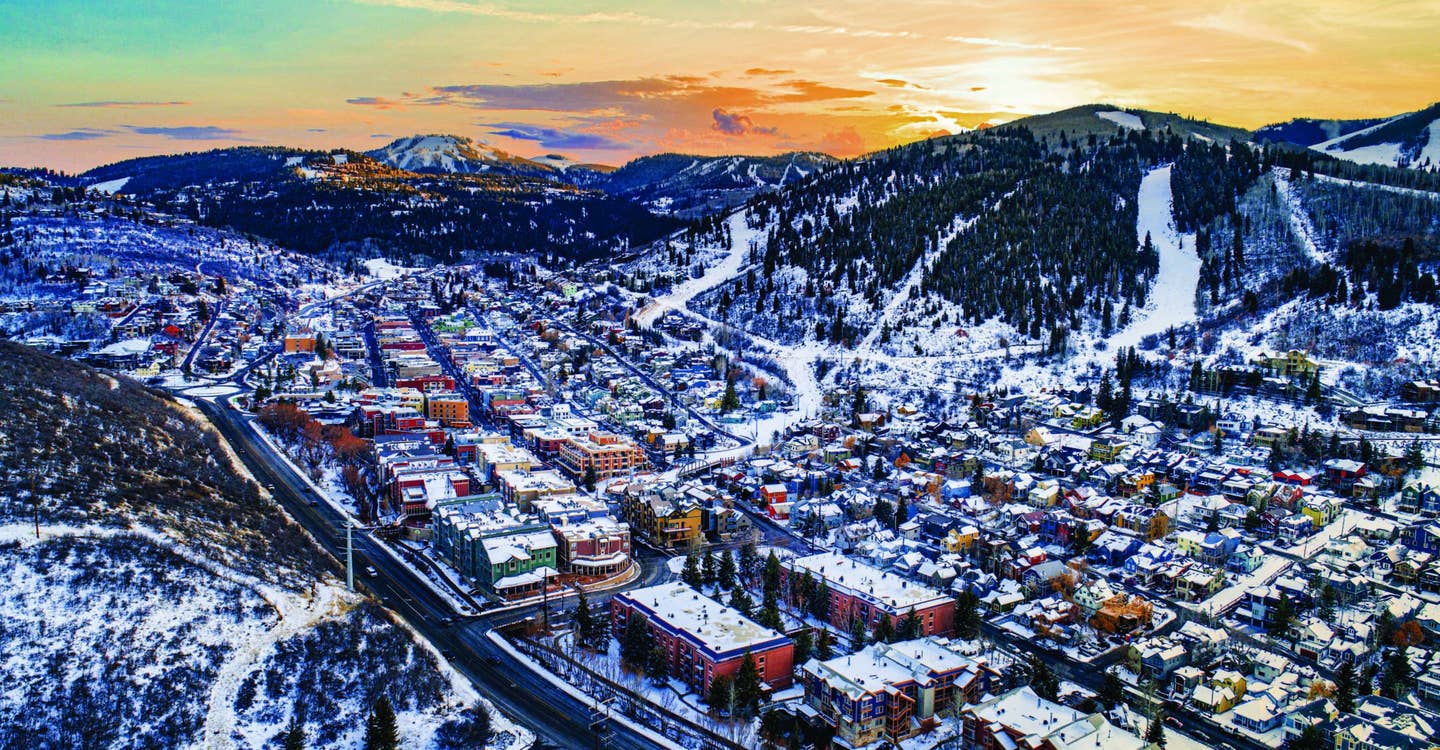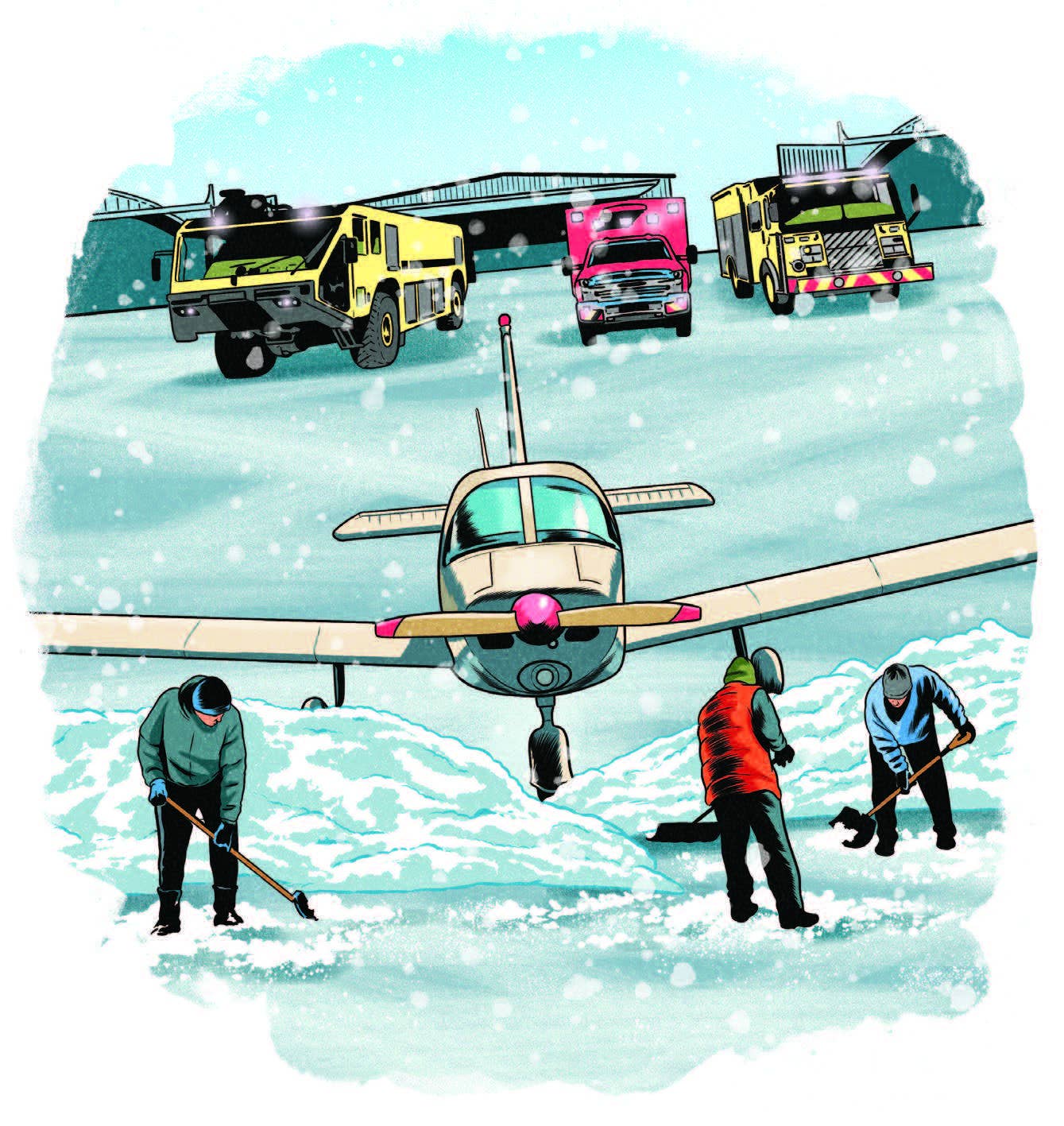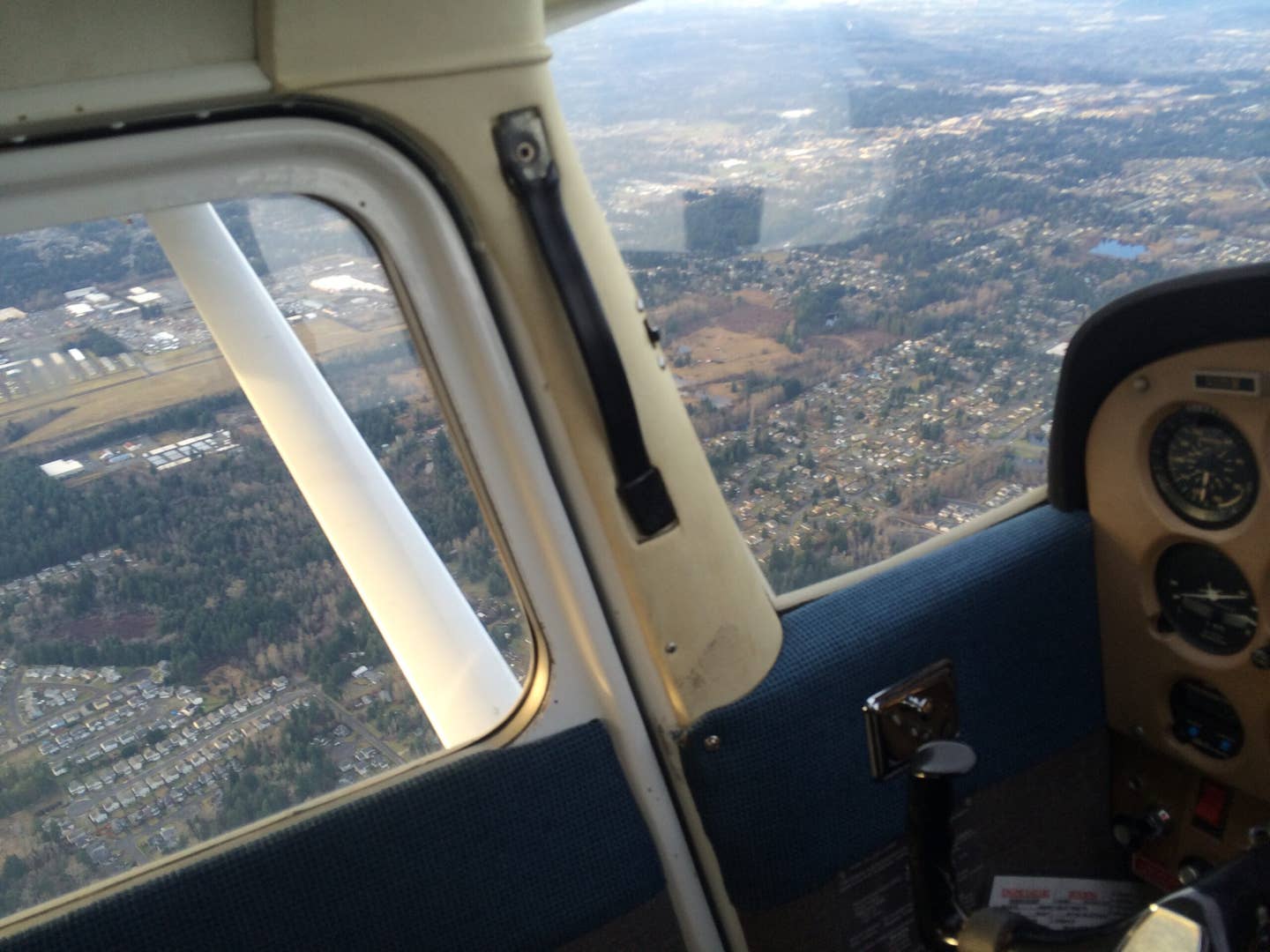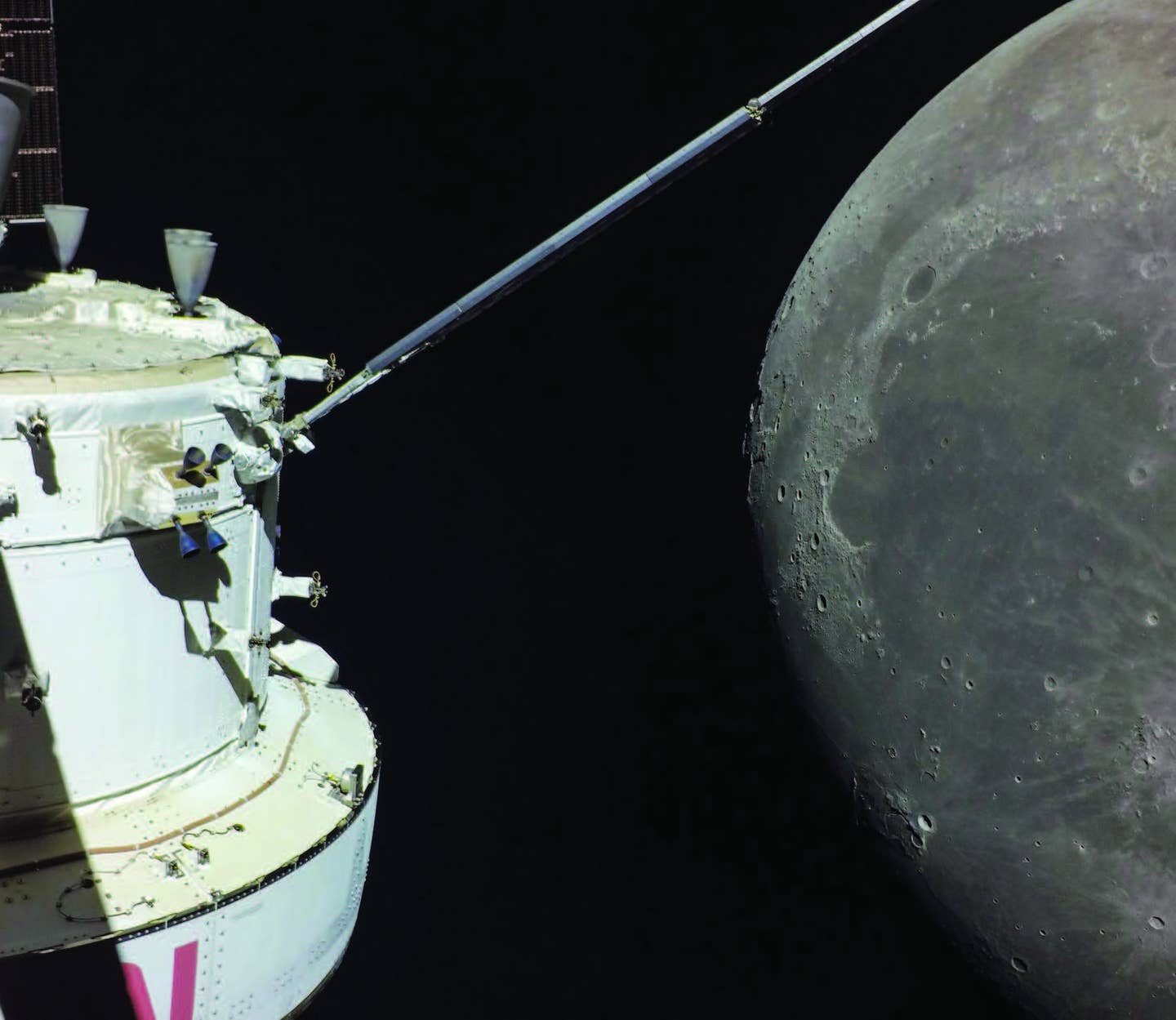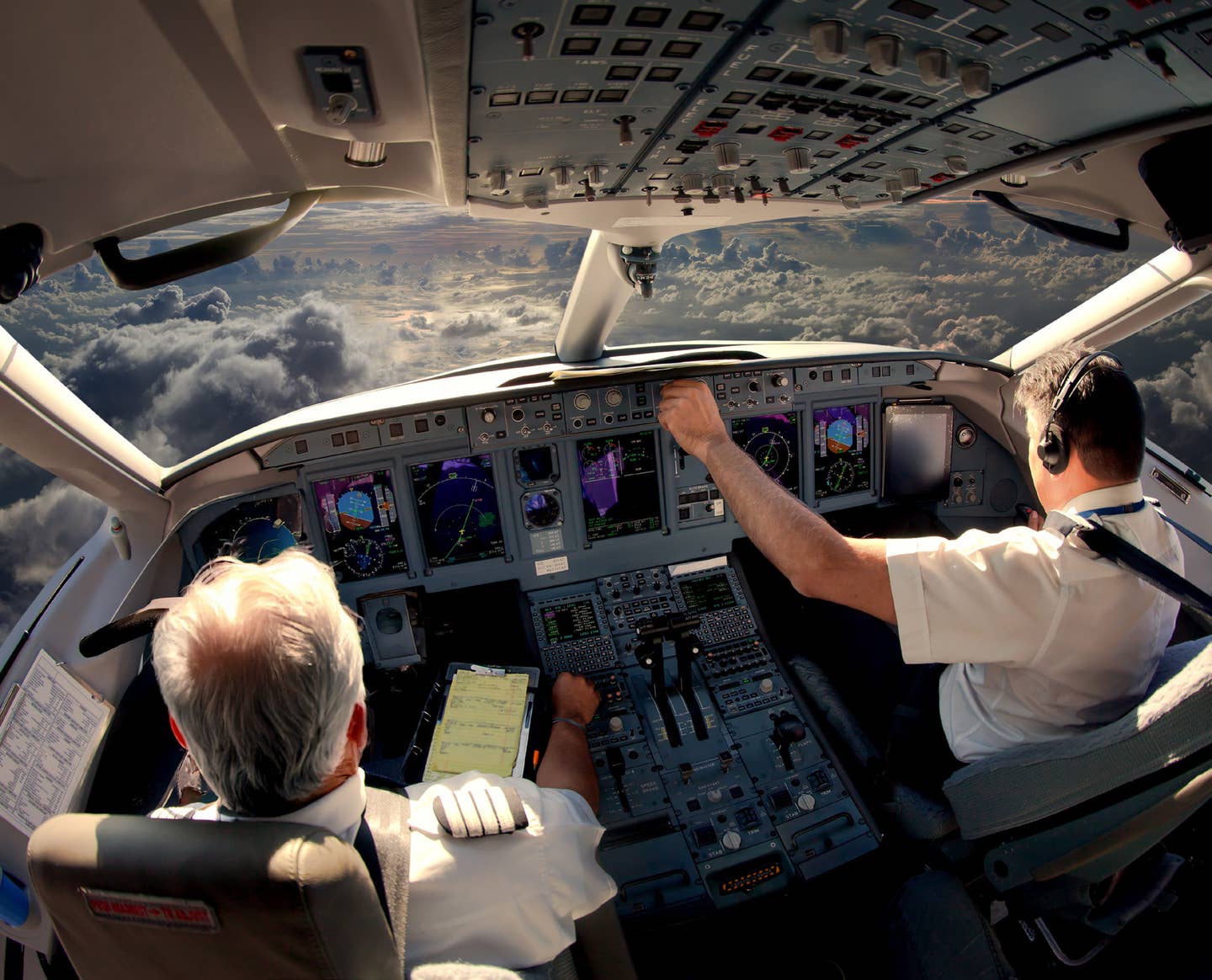
Certainly, the current generation of airline pilots will face its own challenges. [Adobe Stock]
With a hesitant gait, I walked over to the counter where the crew sign-in sheet was located. It was to be my first unsupervised trip as a flight engineer. Perhaps noticing a hint of nerves, Chuck, the ops agent, introduced himself with a friendly smile and handshake. “Welcome, new guy!” he said with an unmistakable New York accent.
After our brief conversation, I couldn’t help but notice a large sheet cake laying on top of a cafeteria-style table. The decorative piping of captain somebody was written on the cake in addition to the words, “Happy Retirement!”
If you're not already a subscriber, what are you waiting for? Subscribe today to get the issue as soon as it is released in either Print or Digital formats.
Subscribe NowA small handful of people were in the room when a not-quite-smiling, stocky, gray-haired man wearing a captain’s uniform strolled in. He glanced at the cake and nodded. A barely audible and pathetic clatter of clapping hands applauded, mostly encouraged by my new friend, Chuck.
I honestly felt embarrassed for this captain. Here was a man ending what must have been a spectacular career that probably started in the late ’50s, spanning the DC-7 through the DC-10, and he was leaving with barely a whisper. At that moment, I vowed never to have a sheet cake at my retirement.
Unfortunately, the flight office didn’t get the memo, but I was blessed to have my wife and a number of friends at my side. Perhaps that unheralded captain celebrated later with a well-deserved, grand gala affair as I had done.
- READ MORE: Reflections on Life in the Skies as a Check Airman
The above-described memory became a recent catalyst for reflecting on generations of airline pilots that shaped the evolution of the profession’s culture. For me, starting in 1984 at the beginning of a new-hire wave, I had the good fortune of flying with the captains that had experienced the introduction of the jet age. It was a time where mostly the financially privileged boarded an airplane. For crew and passengers, it was a glamorous and romantic experience...or at least perceived as such.
When I first walked through the door of my airline, most of the copilots who had begun the jet age were now widebody captains, but some still remained on the B-727, the entry-level airplane. Remnants of the attitude that the captain was the ultimate authority was often a presence in the cockpit. Cue in John Wayne and the 1954 film The High and the Mighty. Mentorship under such leadership was mostly just watch and listen.
Fortunately, the majority of captains in that vintage lacked a drill-sergeant mentality. That said, it was accepted that they were the commanders for all things involving airplane, crew, and passengers. But that culture had begun to change with the Airline Deregulation Act of 1978. Marketing was becoming the priority. A captain’s authority was quietly eroding, with ticket agents controlling the operation until the forward entry door was closed.
- READ MORE: Making the Great Escape
The concept of cockpit resource management (CRM) was being integrated into pilot culture. Incident and accident reports proved that an autocratic leader in the flight deck could be a detriment to safety. Delegation of crew duties became an essential part of flight operations.
Another aspect of the 1980s culture was that a higher percentage of civilians were being hired. The military’s need for pilots had been drastically reduced at the end of the Vietnam War, so the airlines were receiving less applicants with jet experience.
That said, the majority of my classmates had military backgrounds, but their résumés held half the total flight time of what was entered in my logbook. And I was still current as a copilot and flight engineer on the B-727 because of my previous employment. Although we eventually bonded, my classmates had a difficult time accepting my qualifications, especially since I was the “baby” of the class.
The “B-scale” was introduced to the industry just prior to my employment. It soon became a significant part of pilot culture. The airline convinced the union that if new pilots were hired at half the pay of their predecessors, the company would expand rapidly, affording new opportunities to a stagnant workforce. Up until that point in time, airline pilot hiring was occurring at a trickle, so it was a competitive market for applicants.
- READ MORE: A Famous Case of Potential Engine Fire Termination
Personally, and because American Airlines was my dream, I took the chance that the B-scale would eventually disappear when more of us became dues-paying members of the union. Thankfully, the gamble paid off. As a matter of fact, I turned down employment at Eastern Airlines for three times the pay while only two weeks into training at American. Sadly, five years later, Eastern declared bankruptcy.
Knowing that some of us had no formal training, i.e. nonmilitary, some of my more senior colleagues at the airline were wary of our abilities. Additionally, having accepted B-scale wages, our qualifications were questioned. Anyone that accepts less pay is most likely a lower-quality pilot compared to previous hiring periods, right?
Unfortunately, my fellow “B-scalers” would be chided that our presence on the property was only a result of the reduced pay rate. My reply was that I would have been hired eventually because I was competitively qualified. Hindsight is 20/20, but in the end, lower wages made no significant difference for the airline’s balance sheet.
Because of intense competition among carriers, the rapid expansion would have happened regardless.
It wasn’t long before many of us that had been hired at the beginning stages of the mid-1980s found ourselves in the left seat—a little more than five years for me. It was unprecedented, only having occurred in the early 1960s. At the age of 33, I was being called a “boy captain,” but I wasn’t alone.
Fellow pilots, flight attendants, ticket agents, etc. were slowly accepting that the man or woman with four stripes may not be the one in the cockpit with gray hair. Often, deplaning passengers would shake the hand of the copilot, thanking him or her for a well-commanded flight. Feeling slightly dejected for being ignored, I later accepted it as a compliment.
Not only were some of us the kid captains of the flight deck, but we were occasionally completing probationary reports for both the copilot and flight engineer because they hadn’t reached a year of employment.
By September 11, 2001, most of my pilot generation were seasoned veterans. But that one horrific event changed cockpit culture overnight. Cooperating with hijacker demands instantly became ancestor worship. Paranoia reached an all-time high. We trusted no one but our own crewmembers.
Guns were soon introduced to the flight deck. Defensive tactics became part of our recurrent training. Crewmember cooperation with the new Transportation Security Administration was tenuous at best. Even our jocularity with fellow employees became strained. Eventually we adjusted to the new world order, but our professional culture was changed forever.
Certainly, the current generation of airline pilots will face its own challenges. Today’s rapid advancement of less-experienced candidates will create its own culture. My advice? Support your colleagues like they are your brothers and sisters. At the end of the day, that’s what is most important.
And it’s OK to occasionally relive the days of The High and the Mighty.
Pontification complete.
This column first appeared in the February Issue 955 of the FLYING print edition.
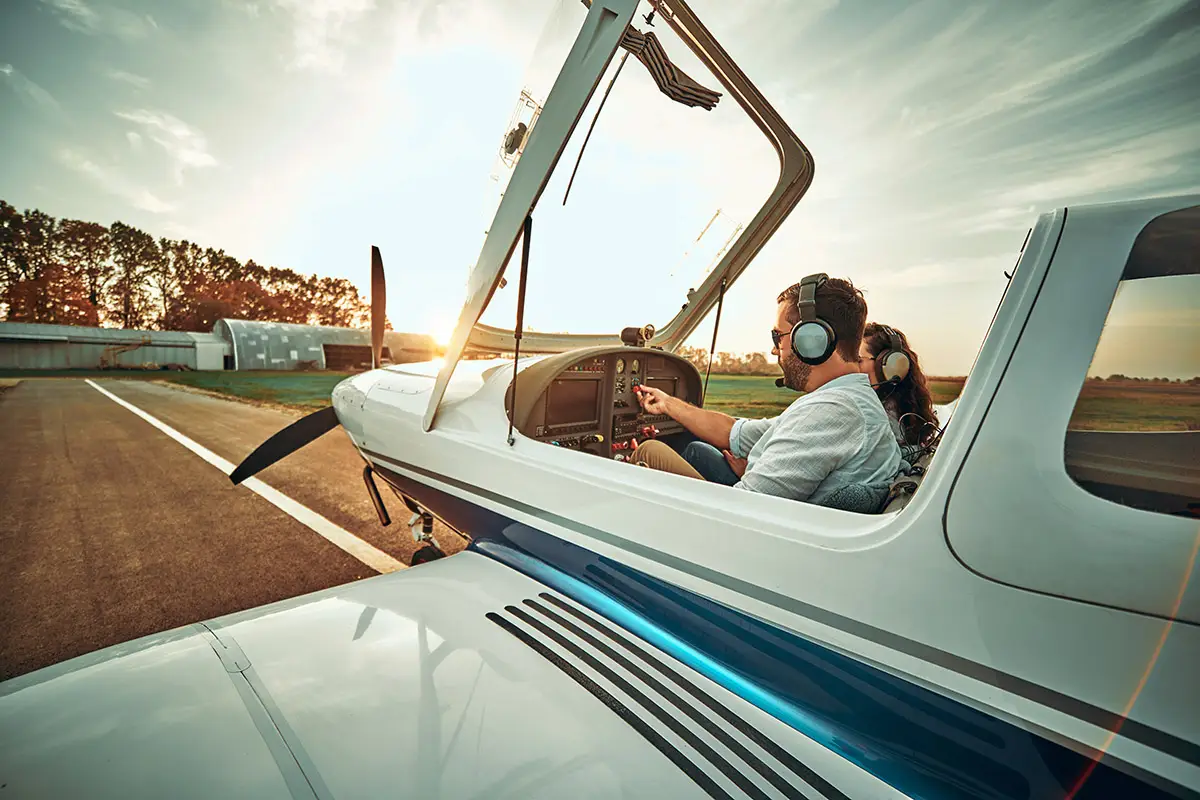
Sign-up for newsletters & special offers!
Get the latest FLYING stories & special offers delivered directly to your inbox

